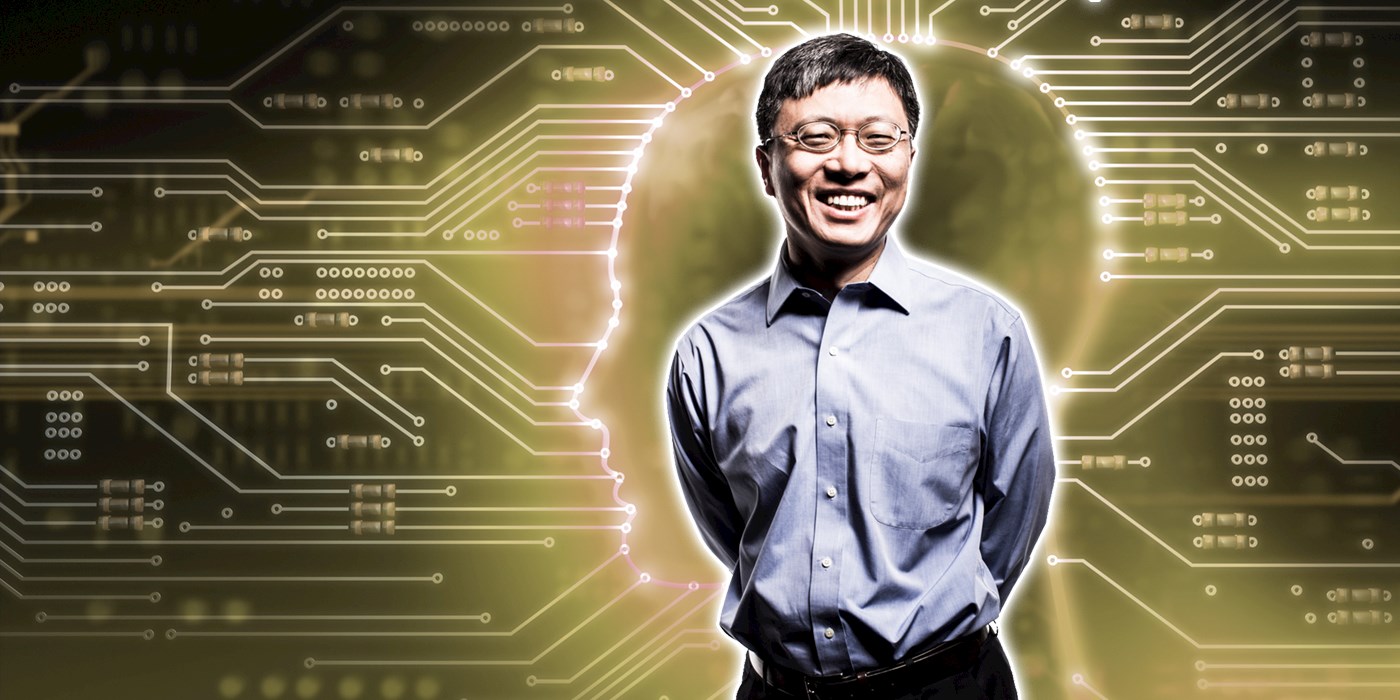By Mark Roth
At the helm of Microsoft’s newly formed AI and Research Group — a cadre of more than 5,000 researchers — is Harry Shum, who earned his Ph.D. in robotics at Carnegie Mellon University in 1996.
“Think about the way the industrial revolution changed our world 100 years ago, or how the IT revolution changed the world 50 years ago. AI will be more powerful,” Shum said.
Artificial intelligence, he said, can be defined as any computer program that learns from its own experiences. It is the magic behind voice recognition software, self-driving vehicles and license plate ID cameras. In the future, it may enable computers to anticipate our needs, take care of daily tasks and help find solutions for daunting medical, legal and social problems.
Shum points out the advent of more powerful computers and better algorithms means that within four to five years, computers will understand spoken language as well as humans, and in 10 years, will see better than human beings.
There is huge potential for AI to make a big difference in the work our researchers are doing with cancer. We’re using [AI] to automatically sort and organize millions of pieces of medical data and help oncologists find the latest and most effective cancer treatments for individual patients.
“Imagine how a blind or partially blind person might be able to use a camera or computer to see their surroundings,” he said of one possible application of computer vision.
Looking further ahead, he predicts machine learning will enable computers to achieve breakthroughs in everything from medical research to preserving the environment to enhancing education.
“There is huge potential for AI to make a big difference in the work our researchers are doing with cancer,” he said. “We’re using [AI] to automatically sort and organize millions of pieces of medical data and help oncologists find the latest and most effective cancer treatments for individual patients.”
The 20-year Microsoft veteran and Chinese native remembers his time at CMU for teaching him how to conceptualize and carry out research the right way and the value of learning from others.
“The thing about a place like CMU, and similarly Microsoft,” Shum said, “is there are so many smart people around you. If you’re willing to learn from them, they’re just so generous with their time.”
He cited the help of CMU computer science and robotics professor Raj Reddy, who still serves as an informal adviser to Shum.
“He was in a group of Chinese students we had in the late ’80s and ’90s who were very good,” Reddy recalled. “He clearly was very smart, and he was working on a hard problem — 3D modeling from images. He obviously also has emotional intelligence — good people skills and an ability to manage people.”
In his role as a manager, Shum said he owes a big debt to his alma mater.
“Doing research is no longer just one person with a piece of paper deriving equations,” he said. “Today, it’s all about building and deploying stuff. And the best way to make that happen is through teamwork.”
That CMU-oriented collaborative effort is necessary, Shum said, for AI to reach its full potential.
###
Shum was recently elected as a foreign member of the National Academy of Engineering (NAE), which is among the highest professional distinctions accorded to an engineer. Learn more




